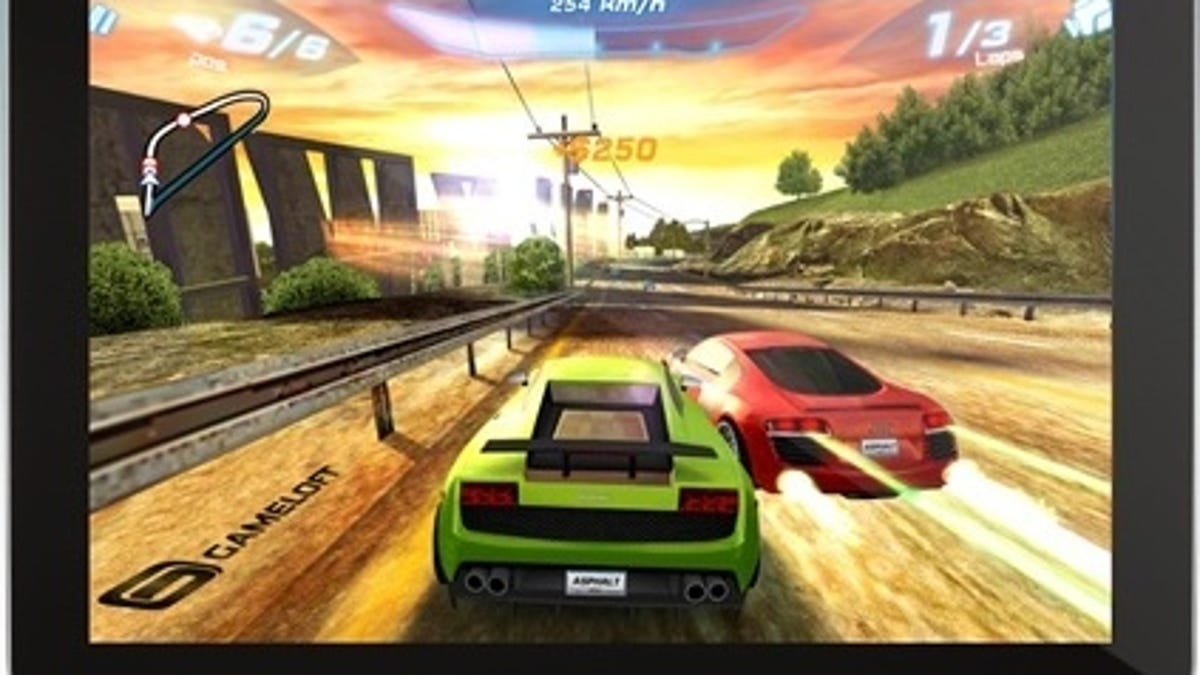Samsung, Apple tablet tit for tat to extend to displays
One of the next big battles between Samsung and Apple will be high-resolution tablet displays.

Samsung could beat Apple to market with a tablet packing a high-resolution display, as the two bitter rivals vie to be the first on the block with a next-gen tablet.
Sammy's tab, running Google's Ice Cream Sandwich, would have an 11.6-inch display that is "barely" larger than a 10.1-inch design because of a redesigned bezel, according to a report at BGR.
But most importantly, it would use an eye-popping 2,560x1,600-pixel resolution display, putting it in the same league as Apple's upcoming iPad 3, which is expected to sport a Retina Display.
Needless to say, that makes for a radically different product. Not that different, say, than moving from a laptop with a 1,366x768-pixel screen to one boasting 1,680x1,050-pixel resolution. And if Samsung gets to market first, that would be a unique competitive advantage, the draw of the Apple brand notwithstanding.
Samsung has been quite transparent about its plans, actually. In a press release last month, the Korean company said that its next-generation 2GHz Exynos processor is designed specifically to drive high-resolution tablet displays.
"The Exynos 5250 is designed specifically for high-end tablets...In particular, the Exynos 5250 design was architected to drive up to an industry-leading 2,560x1,600 (WQXGA) display," Samsung said. And Samsung, by the way, makes those high-res displays, too.
All of this should become clearer at either CES 2012 in January or at Mobile World Congress in February.

